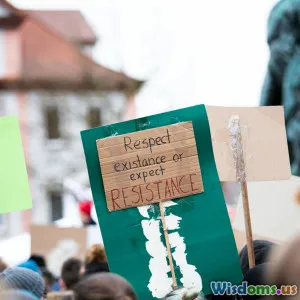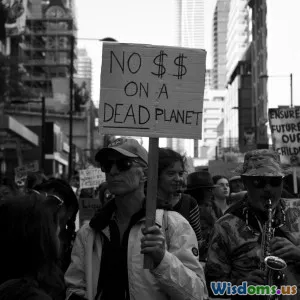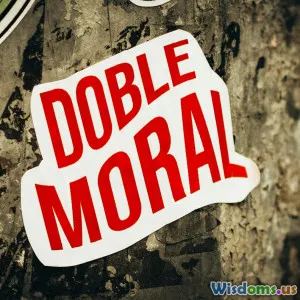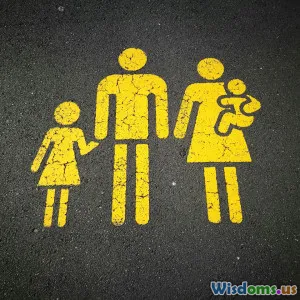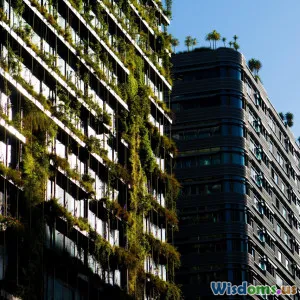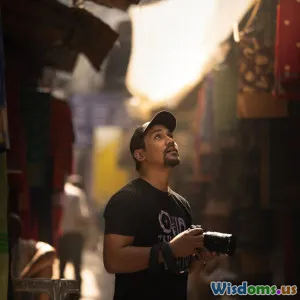
The Intersection of Technology and Art
6 min read Exploring how technology reshapes artistic expression and its impact on culture and society. (0 Reviews)
The Intersection of Technology and Art
In the contemporary landscape of culture and society, the relationship between technology and art has become increasingly intertwined. This intersection is not merely a trend but a profound evolution that has redefined artistic expression, expanded accessibility, and transformed how we engage with creativity.
The Digital Revolution in Art
The advent of digital technology has revolutionized artistic practices. Artists today harness tools such as graphic design software, digital painting apps, and 3D modeling to create innovative works. For example, renowned digital artists like Beeple have gained international acclaim for their unique approach to digital art, culminating in record-breaking sales at auctions.
Moreover, the rise of social media platforms like Instagram and TikTok has democratized art distribution. Emerging artists can now showcase their work to a global audience, bypassing traditional gatekeepers in the art world. This shift has not only increased visibility for artists but has also encouraged diverse forms of artistic expression, reflecting a broader range of cultural narratives.
Artificial Intelligence in Art Creation
Artificial Intelligence (AI) represents another significant aspect of technology's impact on art. Tools like OpenAI's DALL-E and DeepArt utilize algorithms to generate artwork based on input parameters. While some purists may argue that AI lacks the emotional depth of human creation, its ability to analyze vast datasets offers artists new avenues for inspiration and collaboration.
For instance, AI-generated art has sparked debates about authorship and originality. When an AI creates a piece of art, who holds the copyright? This question challenges traditional notions of creativity, forcing artists and society to reconsider what it means to be an artist in the digital age.
Virtual Reality and Immersive Experiences
Virtual Reality (VR) and Augmented Reality (AR) are also reshaping the art world. These technologies create immersive experiences that engage viewers in unprecedented ways. Museums and galleries are increasingly integrating VR installations, allowing visitors to step inside artworks or explore digital landscapes.
For example, the Van Gogh Museum in Amsterdam offers a VR experience that immerses visitors in Van Gogh's paintings, providing a deeper understanding of his artistic process. Such innovations not only enhance visitor engagement but also challenge conventional display methods, making art more interactive and accessible.
Technology and Cultural Preservation
Beyond creation, technology plays a crucial role in preserving cultural heritage. Digital archiving projects have emerged to document and protect art and artifacts that might otherwise be lost. Institutions like the Smithsonian and the British Museum have made significant strides in digitizing their collections, allowing global access to cultural treasures.
Furthermore, technology can aid in the restoration of damaged artworks. Advanced imaging techniques and 3D printing enable conservators to repair and replicate art pieces with remarkable precision, ensuring that future generations can appreciate historical works.
Challenges and Ethical Considerations
While the intersection of technology and art presents numerous opportunities, it also raises ethical questions. Issues surrounding copyright, authenticity, and the commodification of art are more relevant than ever. As artists navigate this complex landscape, it is essential for society to engage in discussions about the implications of technology on artistic integrity and cultural value.
Additionally, the digital divide remains a pressing concern. Not all artists have equal access to technology, which can perpetuate existing inequalities within the art world. Addressing these disparities is crucial for fostering an inclusive cultural landscape.
Conclusion
The intersection of technology and art is a dynamic and evolving space that reflects broader societal changes. As we embrace these innovations, it is essential to consider how they shape our understanding of creativity, culture, and community. By fostering dialogue and collaboration between technologists and artists, society can navigate the challenges and opportunities that lie ahead, ensuring that art remains a vital expression of the human experience in the digital age.
Rate the Post
User Reviews
Popular Posts
















